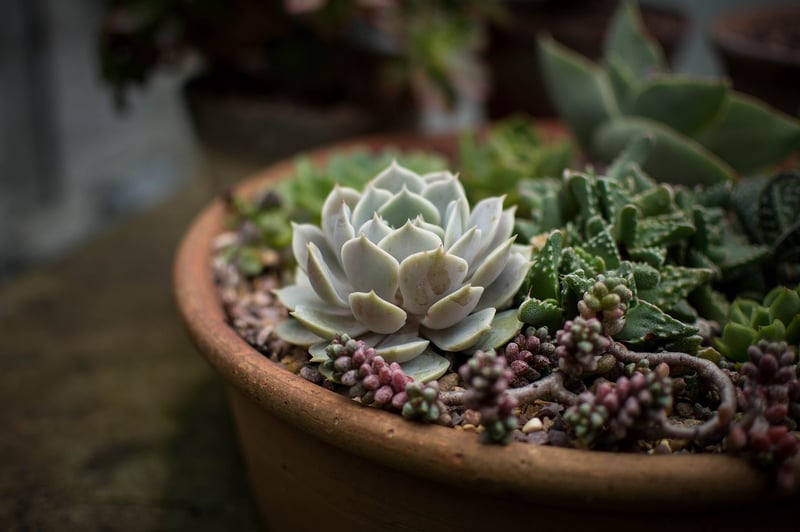Space Optimization
The Advantages of Vertical Gardening and Space Optimization

Introduction
Vertical gardening is a popular technique that involves growing plants on vertically inclined structures instead of traditional horizontal beds. It not only adds a unique aesthetic appeal to your space but also offers several advantages, especially in optimizing limited space effectively.
Advantages of Vertical Gardening
1. Space Efficiency
One of the most significant benefits of vertical gardening is its ability to maximize space utilization. By growing plants vertically, you can make the most of small outdoor areas such as balconies, patios, or even indoor spaces.
2. Increased Growing Area
Vertical structures like trellises, hanging planters, or wall-mounted containers provide additional growing space for a wide variety of plants. This expansion can enable you to grow more plants in a limited area compared to traditional gardening methods.
3. Better Pest Control
Vertical gardens are less prone to certain pests and diseases that commonly affect traditional gardens. The elevation of plants can help reduce the risk of ground-dwelling pests and make it easier to spot and address any issues promptly.
4. Improved Air Circulation
Plants grown vertically have better air circulation around them, which can lead to healthier growth and reduce the likelihood of fungal diseases. Adequate airflow also helps in pollination and prevents the stagnation of moisture.
5. Creative Design Options
Vertical gardening allows for creative and artistic expression in designing your garden space. You can experiment with different plant arrangements, colors, and textures to create visually stunning displays that enhance the overall look of your home or outdoor area.
Space Optimization Tips
1. Choose the Right Plants
Select plants that are well-suited for vertical growth, such as vining plants, climbers, and compact varieties. Consider factors like light requirements, water needs, and root depth to ensure successful vertical gardening.
2. Utilize Vertical Structures
Make use of various vertical structures like trellises, arbors, wall-mounted planters, and hanging baskets to create a multi-dimensional garden. These structures not only save space but also add visual interest to your garden.
3. Implement Drip Irrigation Systems
Opt for drip irrigation systems or self-watering planters to ensure efficient water distribution and prevent water wastage. These systems can help maintain optimal moisture levels for your vertical garden while reducing the need for manual watering.
4. Regular Maintenance
Regularly monitor your vertical garden for watering needs, pest infestations, and plant growth. Prune and train climbing plants to ensure they grow properly along the vertical structures and provide adequate support when needed.
5. Experiment and Have Fun
Don't be afraid to experiment with different plant combinations, arrangements, and vertical gardening techniques. Enjoy the process of creating a unique and flourishing vertical garden that reflects your personal style and preferences.
With the benefits of space optimization and the creative possibilities it offers, vertical gardening is a versatile and practical solution for gardening enthusiasts looking to make the most of limited space.
